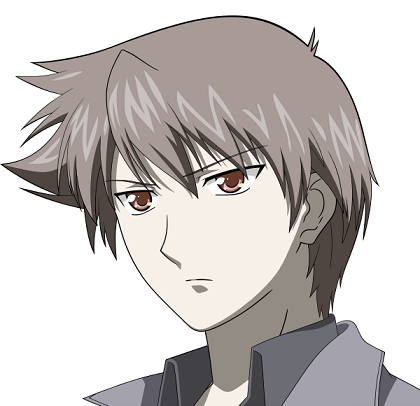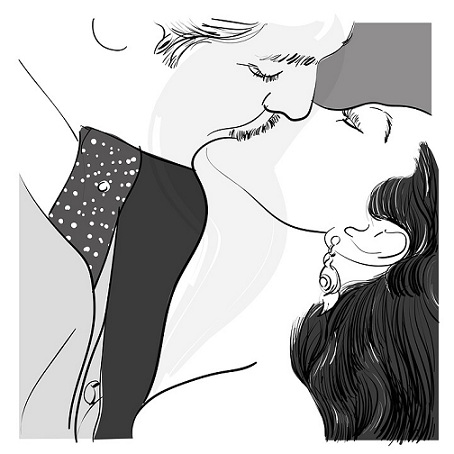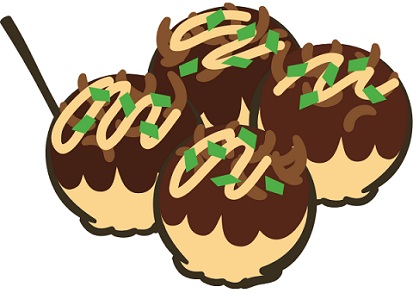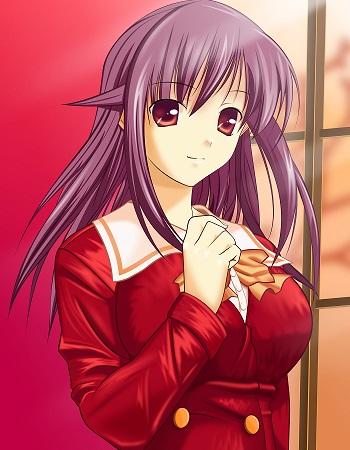How to Shade Anime Hair Step by Step
Shade Anime Hair – This tutorial teaches the basics of shading anime and manga hair with step-by-step examples of twelve different hairstyles. Understanding how to shade anime hair adds depth and dimension to your characters, enhancing their overall appearance.
Understanding Anime Hair
Before diving into the examples, it’s essential to grasp the fundamentals of anime hair and why it’s shaded in a particular way.
How Anime Hair is Drawn
- Large Clumps: Anime hair is drawn in large, stylized sections, often based on real hair.
- Sections: Divide the hair into front, sides, and back/top sections for structured drawing and shading.
How Anime Hair is Shaded
- Hard Transitions: Anime hair is shaded with hard transitions between light and dark areas, without gradients.
- Lighting: Shading is influenced by lighting conditions, usually simulating well-lit environments with the light source above.
- Simplified Shading: The aim is for shading that looks credible without being overly realistic.
Quick Tips Before Starting
- Shading Depth: Ensure shadows stand out from the base hair color without appearing unnatural.
- Highlight Techniques: Use a white pen or paint for highlights on paper or leave areas white. Digitally, add highlights at the end.
Step-by-Step Shading Examples
General Steps for Shading Hair
Prepare the Hair Design
- Start with a clean line drawing of the hairstyle.
Color the Hair
- Fill the hair area with a solid base color. Leave highlights white or add them later digitally.
Add Shading
- Apply shading to the lower parts of hair clumps and around areas shielded from light.
Add Highlights
- Draw highlights as lines or zigzags to give the hair a shiny appearance.
Example Hairstyles
Long Hair
- Shading: Focus on lower clumps and inner back hair.
- Highlights: Add along the forehead and sides.
Short Hair
- Shading: Similar to long hair with added focus on the back/neck area.
- Highlights: Across the forehead and sides.
Hime Cut
- Shading: Side clumps and back neck area.
- Highlights: Forehead and side sections.
Messy Hair
- Shading: Along sides and lower hair.
- Highlights: Forehead and sections protruding from sides.
Ponytail
- Shading: Lower ponytail and sides.
- Highlights: Forehead and ponytail.
Pigtails
- Shading: Lower and side areas.
- Highlights: Forehead and pigtails.
Curly Hair
- Shading: Inner curls and lower sections.
- Highlights: Across forehead and curl edges.
Buns
- Shading: Lower buns and sides.
- Highlights: Forehead and bun curves.
Braids
- Shading: Lower braid sections.
- Highlights: Across forehead and braid tops.
Spiky Hair
- Shading: Along lower spikes.
- Highlights: Across forehead and spike tips.
Conclusion
Shading anime hair is straightforward but requires understanding where shadows and highlights should be placed. This tutorial provides insights into shading in well-lit conditions across various hairstyles. With practice, you’ll be able to add depth and style to your anime characters effectively.
Thanks for Visiting Our Website – Easy Anime Drawings





modafinil 200mg ca buy generic provigil order modafinil 100mg without prescription order modafinil 100mg pills buy cheap generic modafinil order provigil 200mg pill provigil 100mg drug